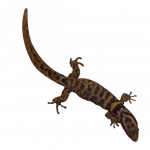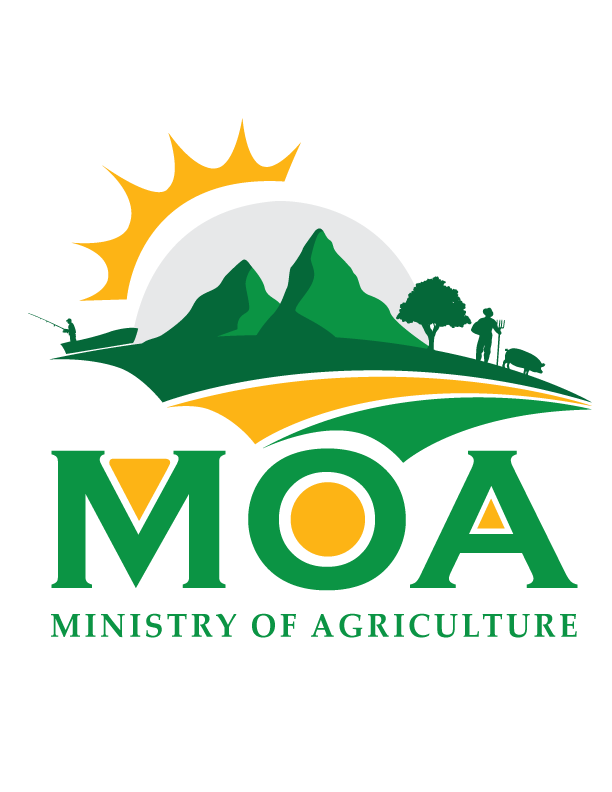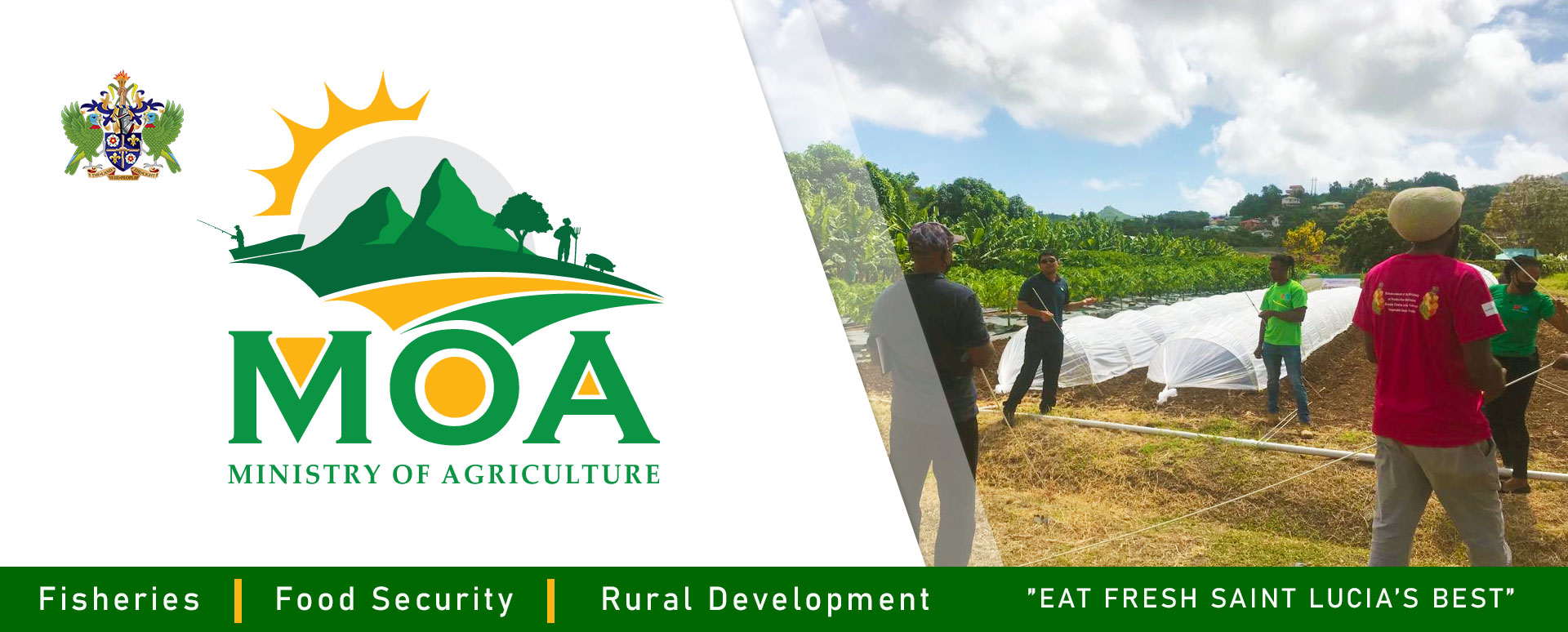WILDLIFE MANAGEMENT
Saint Lucia has an impressively high level of endemic birds and reptiles when compared to other islands of the Eastern Caribbean. There is a total of five endemic and thirteen endemic subspecies of birds and seven endemic species of reptiles. The Wildlife Unit of the Forests and Lands Resources Division, is responsible for the management, conservation and protection of such wildlife on the island of Saint Lucia. Not only does the work of the Unit encompasses conservation efforts on biodiversity rich zones on the mainland, it also undertakes the conservation of rare and endemic fauna on our five major offshore islands (i.e. Maria Islands, Dennery, Praslin, and Rat Islands). Among the priority area for conservation on the mainland are the Saint Lucia Parrot Nesting Zone within the Central Forest Reserve, North East Dry Forest, Mandelé Dry Forest and Pointe Sable National Park.
Attention is also placed on the management of invasive animals that pose a major threat to biodiversity conservation on the island. Among them are invasive species such as rats, mongoose, green iguanas, cane toads, orange winged parrots, stray dogs and cats. The invasive mammalian predators typically predate on endemic fauna and poses a major risk to their survival and persistence on the island. Therefore, it is the responsibility of the Wildlife Unit to help mitigate or eliminate where possible those threats and risks.
The Saint Lucia Wildlife Protection Act chapter 6.03 provides the legal framework for wildlife management and protection in Saint Lucia and provides prescriptions for issuance of wildlife permits and licenses as well as the designation a wildlife reserves. The Forestry Division therefore has the legal mandate to deal with all wildlife matters pertaining to Saint Lucia and should be contacted whenever the need arises.
OUR TEAM




Conservation
of the offshore islands of Saint Lucia

Adult male Saint Lucia Whiptail Lizard
Saint Lucia Pygmy Gecko
Saint Lucia Whiptail Lizards
Of the many islands or rocks off the coast of Saint Lucia, only five have been deemed fit for the application of various conservation methods aimed at sustaining viable populations of species that are rare and indigenous to the island. Much of this work targets two of our critically endangered species that were wiped out from the mainland but persisted on some of our offshore islands. The Saint Lucia Racer (Erythrolamprus ornatus) is a non-poisonous snake reaching a maximum of about 3 feet long and usually evades capture by quickly slithering into nearby bushes. It is considered the rarest snake in the world with its last refuge being the island of Maria Major. Efforts are currently underway to create a captive breeding facility which will create a positive impact on efforts aimed at increasing the population and translocation to other viable sites. The last population survey estimated the number of individuals to be between18-49.
The Saint Lucia Whiptail adult male bears all of the colours of the Saint Lucia national flag. They were once thought to be extinct until small populations were discovered on Maria Major and Maria Minor. Some of these individuals have since been translocated to Praslin Island and Rat Island. The current population is now estimated at about 2,500 individuals.
In 2011, the Division of Forest and Lands along with partners; Saint Lucia National Trust, Durrell Wildlife Conservation Trust and Fauna and Flora International negotiated the removal of goats and sheep from Dennery Island to allow the island to revegetate and serve as a possible translocation point for the Saint Lucia Racer and other prominent species of conservation interest. Approximately 55 Saint Lucia Pygmy Geckos have been transferred to Dennery Island from Maria Major since then.
Did you know?
- There are five offshore islands where conservation work is ongoing; Maria Major and Maria Minor, Praslin, Dennery and Rat Island.
- All persons visiting these offshore islands must have a thorough bio-security check done on their bags, clothing and shoes to limit the transfer of invasive alien species such of both plant and animals onto the islands (e.g. seeds, plant matter or rats, mongoose).
- Bait stations have been placed on all these islands to detect incursions of non-native mammalian predators like rats. These bait stations are checked, cleaned and replenished once every month on each island.
- The islands are also a sanctuary for birds as a number of migratory and indigenous species use them to nest as a direct result of the predator free status that these offshore island provide.
- A few of the offshore islands and rocks have been vested in the Saint Lucia National Trust. The Trust along with the Saint Lucia Forestry Division have been working earnestly for the conservation of all species on those islands.
Thing to remember when visiting the islands
- All species found on the offshore islands are protected under the Wildlife Protection Act of 1980.
- Killing wildlife, taking eggs or young or adults of any animal or persecuting wildlife are prohibited under the Wildlife Protection Act and carries a fine of up to XCD 5000.00 upon summary conviction.
- Please leave the islands clean, which means leave with all your garbage.
- Fires are prohibited. No one should light a fire on these offshore islands as it can potentially annihilate the population of the rare and endangered species found there
Photo Gallery
CONTACT US
- Aloysius Charles
- Email: aloysius.charles@govt.lc
- Shila Joseph
Email: shila.joseph@govt.lc
Phone:758 468 5644
George Antoine
Phone: 758 468 5644
- Pius Haynes
Email: pius.haynes@govt.lc
Phone:758 518 7154

